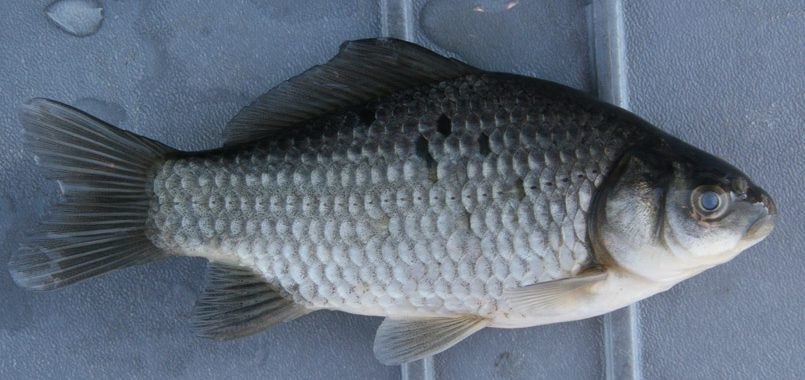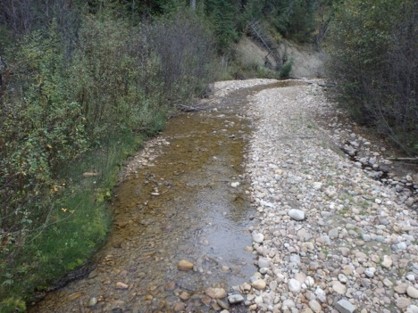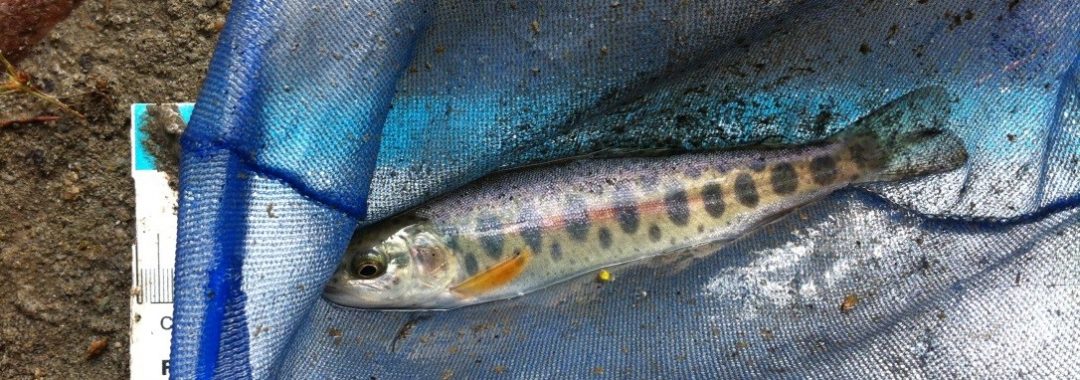Abstract:
The recent invasion of Carassius gibelio (commonly known as Prussian carp or Gibel carp) in freshwater environments in central Canada threatens native North American aquatic species and ecosystems. Accurate distribution information is essential for targeting control efforts but is challenging given the resources necessary to continually sample the species’ potential distribution. We investigated the extent to which reports by recreational anglers—key resource users— could be used in a citizen science program to generate species distribution information, and factors affecting the accuracy of reporting for C. gibelio. Comparing the location of angler reports to the known distribution of C. gibelio generated by professional biological sampling across the region revealed that anglers can be a powerful resource for tracking an invasive species’ distribution; 88% of the C. gibelio angler reports aligned with invaded watersheds (HUC-8 [hydrological unit code 8], the second finest watershed unit) identified by professional biological sampling. For every report of C. gibelio received in a HUC- 8 area, the probability that area was invaded increased by more than 10 times (odds ratio= 10.26, ±95% CI: 4.4-29.7). Anglers’ fish identification abilities were also positively related to likelihood of reporting Carassius spp. (odds ratio= 2.52, ±95% CI:1.51-4.45). Anglers that fished more frequently were also more likely to have reported C. gibelio in an area accurately (odds ratio= 1.00, ±95% CI: 0.99-1.01), although the mechanism behind this relationship is unclear. Our results suggest programs that engage recreational anglers in reporting could provide a cost-effective alternative or complimentary tool for traditional Aquatic Invasive Species (AIS) population tracking.
Citation: Pentyliuk, N., Schmidt, B., Poesch, M.S. and S. Green. (2022) Recreational angler reporting as a tool for tracking the distribution of invasive Prussian Carp (Carassius gibelio). Conservation Science and Practice 5(1): e12850.
Also Read:
Check out opportunities in the lab!









